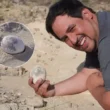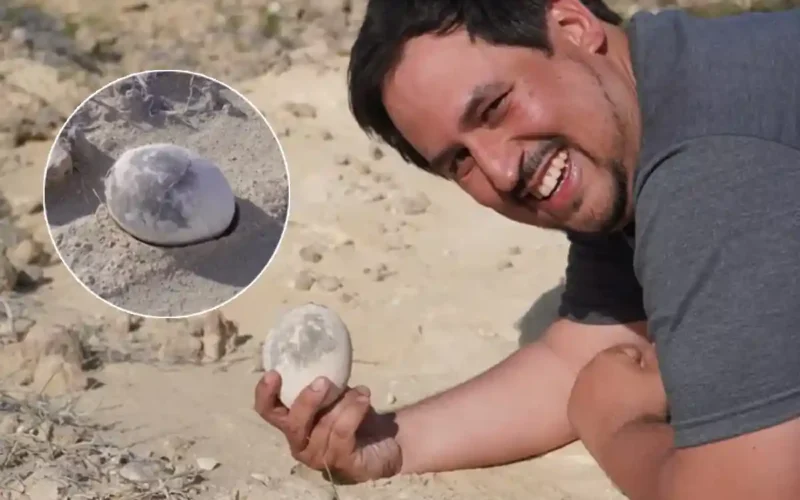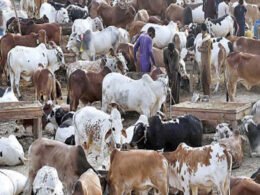A team of paleontologists in Argentina has discovered an exceptionally preserved dinosaur egg estimated at 70 million years old in the Patagonia region.
The fossilized egg was unearthed from the dusty plains of Río Negro, northern Patagonia, and is comparable in size to a modern ostrich egg.
Despite its immense age, experts say its near-pristine condition makes it one of the most remarkable finds in South America’s paleontological history.
Researchers believe the egg belonged to a Bonapartenykus, a small carnivorous theropod that once roamed prehistoric Patagonia.
Visit Times of Karachi website for the latest news-related content daily
According to paleontologist Gonzalo Muñoz of the Argentine Museum of Natural Sciences, eggs from predatory dinosaurs are extremely rare due to their fragile shells and limited population size.
“Finding one so perfectly preserved after millions of years is extraordinary,” Muñoz said. He added that this discovery could transform scientific understanding of how carnivorous dinosaurs nested and reproduced in South America’s ancient ecosystems.
Preliminary studies indicate the egg may even contain traces of embryonic material, a possibility that excites researchers.
Advanced imaging scans will be carried out to determine if preserved remains are present within the shell, potentially making this one of the most significant dinosaur fossil finds in decades.
The discovery was part of Cretaceous Expedition I, a long-term research initiative focused on uncovering fossils in northern Patagonia.
READ: University of Tokyo opens fully funded scholarships for Pakistanis, Here’s how to apply
Alongside the egg, scientists also found ancient mammal teeth and snake vertebrae, suggesting the area once served as a thriving nesting ground during the Late Cretaceous era.
Team leader Federico Agnolín shared footage of the discovery on social media, describing the moment as “unforgettable.” Multiple eggs were reportedly found together, hinting at a possible nesting cluster from a single dinosaur species.
The fossil has since been transported to the Argentine Museum of Natural Sciences in Buenos Aires for further analysis.











